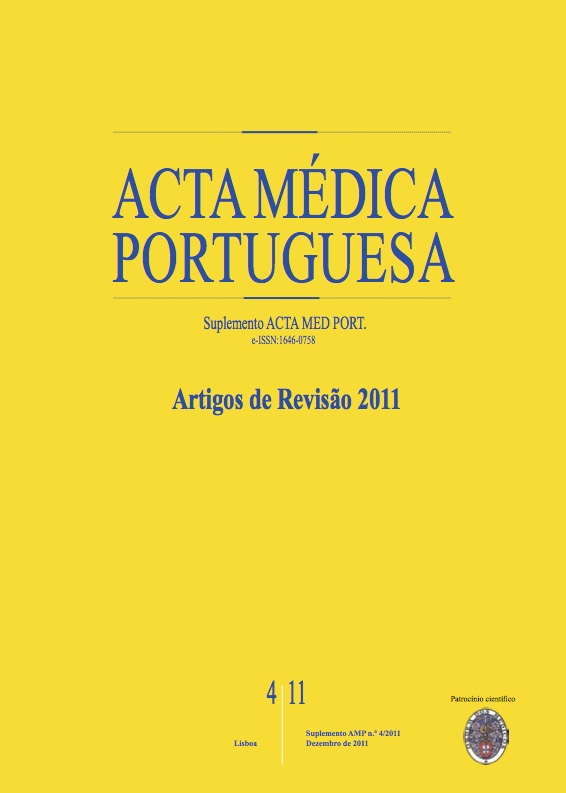Myocardial viability assessment.
DOI:
https://doi.org/10.20344/amp.1568Abstract
The prognosis for patients with chronic coronary artery disease and severe left ventricular dysfunction is poor, despite advances in different therapies. The assessment of myocardial viability has become an important aspect of the diagnosis, prognosis and management of patients with ischemic cardiomyopathy. Patients with left ventricular dysfunction, with a substantial amount of severely ischemic myocardium are at highest risk, and are likely to benefit from coronary revascularization. Patients with predominantly scar tissue should be treated medically. Multiple imaging techniques have been developed to assess viable and nonviable myocardium by evaluating perfusion, cell membrane integrity, glucose metabolism, fibrosis and contractile reserve. PET FDG-F18, myocardial perfusion scintigraphy (with (201)Tl and (99m)Tc), dobutamine stress echocardiography and more recently magnetic resonance have been extensively evaluated for assessment of viability and prediction of clinical outcome after coronary revascularization. In general, nuclear imaging techniques have a higher sensitivity for the detection of viability, whereas techniques evaluating contractile reserve have higher specificity (with lower sensitivity). Magnetic resonance has a high diagnostic accuracy for assessment of the transmural extent of myocardial scar tissue. The aim of this article is to review the role of Nuclear Medicine in assessing myocardial viability and risk stratification in patients with advanced left ventricular dysfunction, and to compare it with other imaging modalities.Downloads
Downloads
How to Cite
Issue
Section
License
All the articles published in the AMP are open access and comply with the requirements of funding agencies or academic institutions. The AMP is governed by the terms of the Creative Commons ‘Attribution – Non-Commercial Use - (CC-BY-NC)’ license, regarding the use by third parties.
It is the author’s responsibility to obtain approval for the reproduction of figures, tables, etc. from other publications.
Upon acceptance of an article for publication, the authors will be asked to complete the ICMJE “Copyright Liability and Copyright Sharing Statement “(http://www.actamedicaportuguesa.com/info/AMP-NormasPublicacao.pdf) and the “Declaration of Potential Conflicts of Interest” (http:// www.icmje.org/conflicts-of-interest). An e-mail will be sent to the corresponding author to acknowledge receipt of the manuscript.
After publication, the authors are authorised to make their articles available in repositories of their institutions of origin, as long as they always mention where they were published and according to the Creative Commons license.









